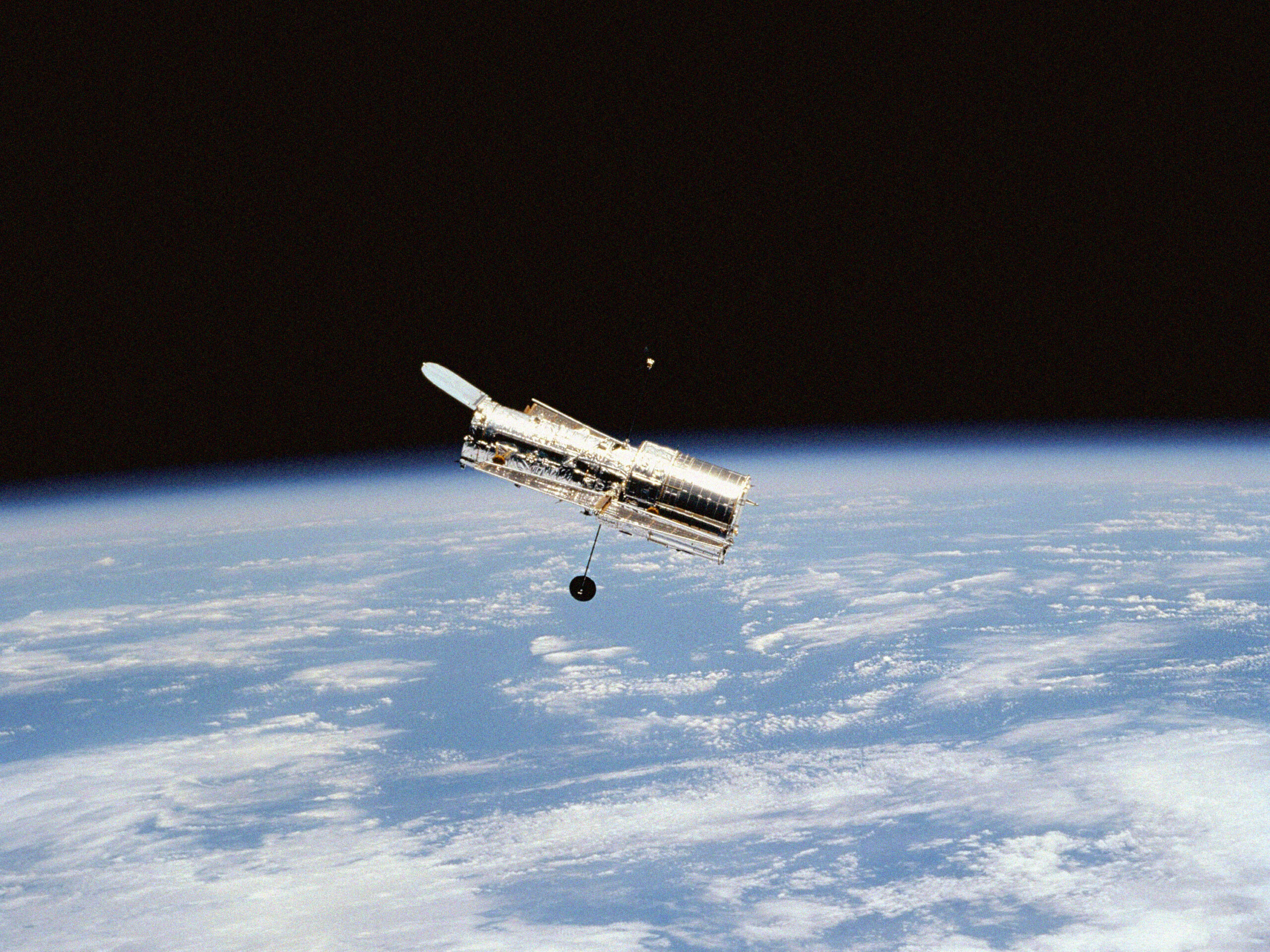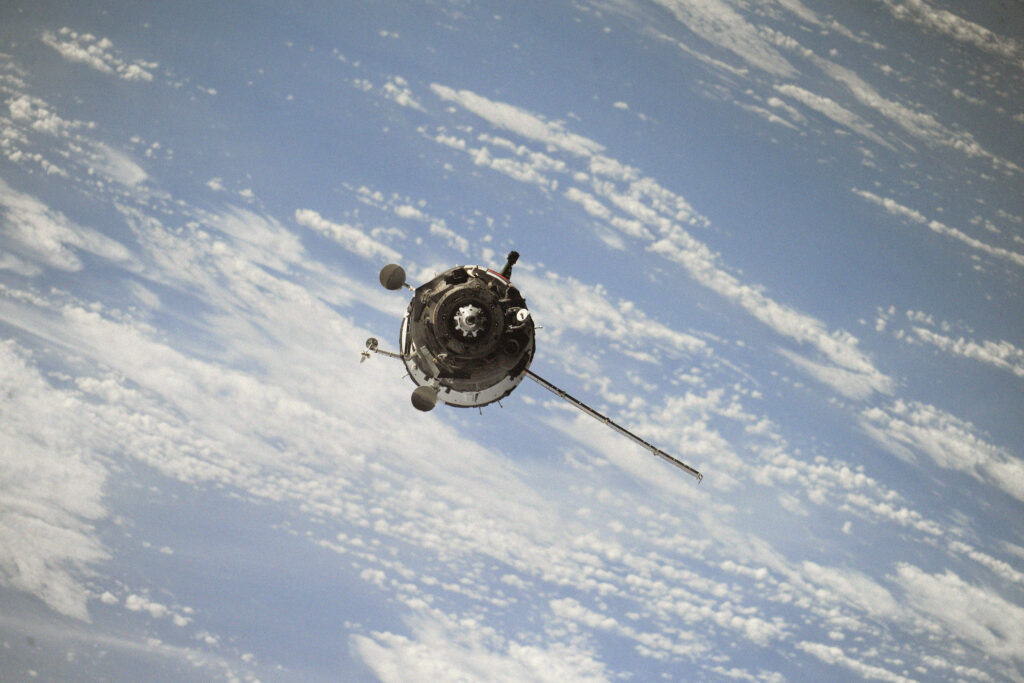
The Space Economy’s Earthly Impact
Once the stuff of sci-fi, the space economy is now a $1.8 trillion powerhouse, reshaping industries from logistics to disaster relief. As satellites and space tech infiltrate daily life, the real question is—how long before your next delivery comes via orbit?
by Burçin Tarhan
Once the realm of government agencies and science fiction, the space economy has become a dynamic engine of innovation and opportunity. By 2035, it’s projected to soar to $1.8 trillion, driven by an average annual growth rate of 9% (WEF & McKinsey). This rapid ascent—nearly double the pace of global GDP growth— also fundamentally reshapes everyday life.
The space economy is transforming industries on Earth, from logistics to education, making space more accessible, impactful, and essential than ever before.
Space in Everyday Life: A Two-Part Revolution
The modern space economy has two key components:
- The Backbone: This includes the infrastructure that enables space exploration—satellites, launch systems, and ground stations. By 2035, it’s projected to grow from $330 billion to $755 billion.
- The Reach: These are industries on Earth leveraging space-enabled technologies, from autonomous vehicles to disaster forecasting. Expected to surpass $1 trillion by 2035, the reach will drive most of the space economy’s growth.
Together, these elements are shaping everything from how packages are delivered to how communities prepare for natural disasters.
The economic implications are vast, but what drives this extraordinary growth?
Propelling Skyward
Behind the $1.8 trillion projection are three transformative forces:
- Falling Launch Costs: The cost of launching payloads into space has dropped tenfold in the past 20 years, fueling a 50% annual growth in satellite launches from 2019 to 2023. This has opened space to startups, emerging economies, and new technologies.
- Technological Advancements: Miniaturized satellites and high-resolution Earth observation tools are revolutionizing industries. For example, satellites now provide data at resolutions as fine as 15 cm, transforming fields like agriculture and disaster management.
- Diverse Investments: Private investment in space technologies has reached $70 billion annually, while countries like India, Saudi Arabia, and Peru are embedding space into their national agendas.

Space: Solving Earth’s Greatest Challenges
Space technologies are tackling some of the most pressing issues on Earth, offering solutions that were unimaginable just a decade ago:
- Disaster Mitigation: Satellite data now enhances early warning systems, helping predict wildfires, floods, and other natural disasters. These innovations are already saving lives and billions in damages.
- Humanitarian Efforts: Space-based monitoring assists in addressing human migration crises and combating human trafficking.
- Global Connectivity: Satellite constellations are bridging the digital divide, enabling remote communities to access education, healthcare, and economic opportunities.

Industries Leading the Space Revolution
The ripple effects of the space economy are transforming industries across the board. By 2035, five sectors will drive 60% of its growth:
- Supply Chain and Transportation: Enhancing logistics with satellite-powered navigation.
- Food and Beverage: Improving delivery systems and ensuring fresher supply chains.
- Digital Communications: Expanding satellite broadband and direct-to-device communication.
- Defense: Strengthening surveillance and communication with resilient, space-based systems.
- Retail and Consumer Goods: Revolutionizing e-commerce through precise tracking and navigation.
Keeping Space Sustainable and Accessible
Yet, this rapid growth comes with its own challenges. Managing orbital sustainability and reducing space debris will be critical to maintaining long-term access to space. Harmonizing global regulations is equally essential to fostering innovation while ensuring safety. Expanding public-private partnerships will also play a key role in democratizing access to these transformative technologies. Overcoming these obstacles will be critical to unlocking the full potential of the space economy.


